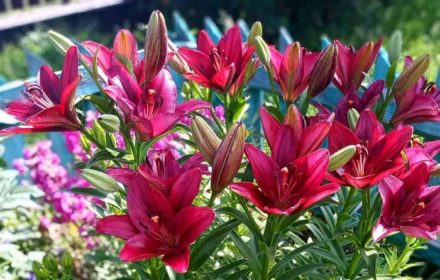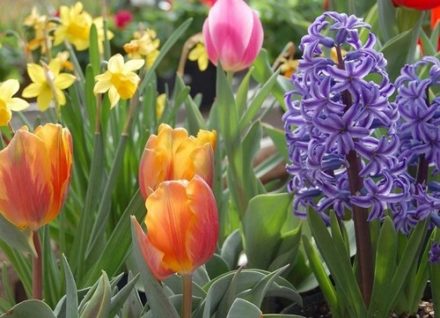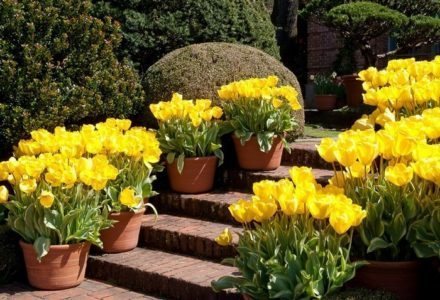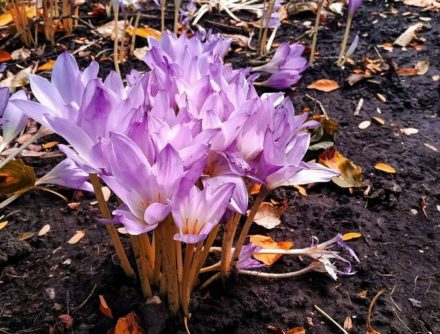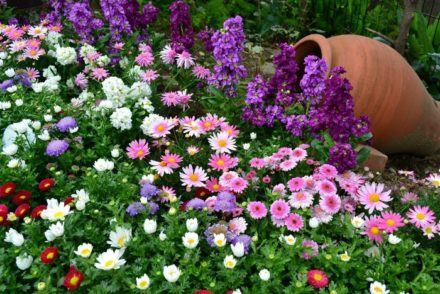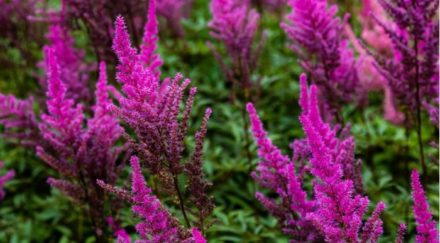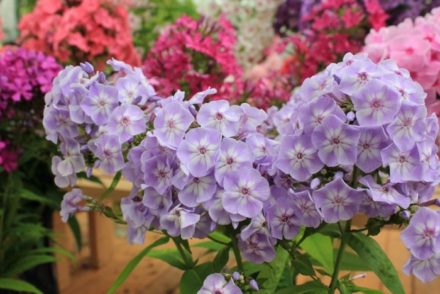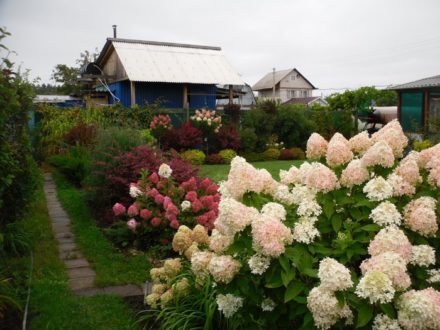If you plant bulbous crops in the spring, the chances of flowering this season will be low. That is why autumn planting is preferable. Some flowers can be planted in the second half of August. In the time remaining before the cold weather, the bulbs will have time to take root, and with the arrival of spring warmth they will immediately begin to grow.
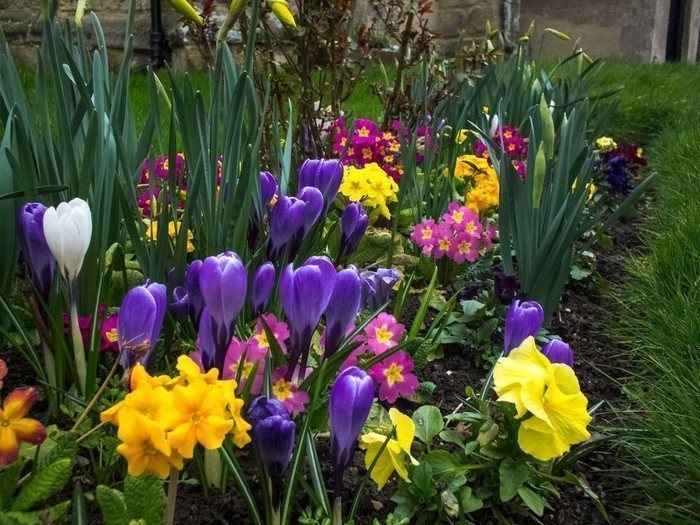
Daffodils
In central Russia, daffodils begin to be planted after August 15. The landing period continues until September 15. In other regions, dates are adjusted depending on weather conditions. The life cycle of plants is structured in such a way that the bulbs must undergo stratification (exposure to cold). In soil that freezes in winter, this happens naturally.
Without cooling the bulbs, daffodils will not be able to bloom. Otherwise the plant is unpretentious. It takes root well on any soil and is suitable for any climate zone. Large-flowered and terry hybrids are considered more capricious. They need careful care and planting in fertile soil.
In August, they not only replant daffodils, but also transplant the bulbs that have spent 4–5 years in the ground to another place. The planting depth should not exceed 15 cm. Before this, the soil must be fertilized with compost or humus. Complex mineral fertilizer and a handful of wood ash are thrown into the bottom of the hole.
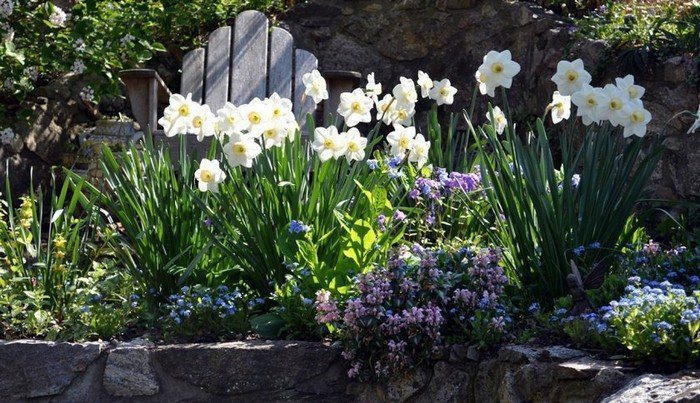
Scillas (Scillas)
Scilla is sometimes mistakenly called a snowdrop, but this is a completely different plant. The existing varieties have petals that can be soft pink, purple, pale blue, or white. Scilla look organic in rockeries, alpine slides, and flower beds. They are also suitable for borders and mixborders. Group planting of Scilla in the middle of a lawn looks beautiful. Flowers can frame shrubs and decorate tree trunks.
Scilla easily withstand frosty winters and do not require complex care. They are among the first to bloom in the garden. Scilla are planted from late August to early September. The plant likes loose, drained soil with a neutral pH. When planting, it is advisable to lay drainage from coarse sand in the hole. At the same time, nitrogen, potassium fertilizers and a little humus are added. Calibrachoa from seeds: 5 useful tips for growing
Crocuses
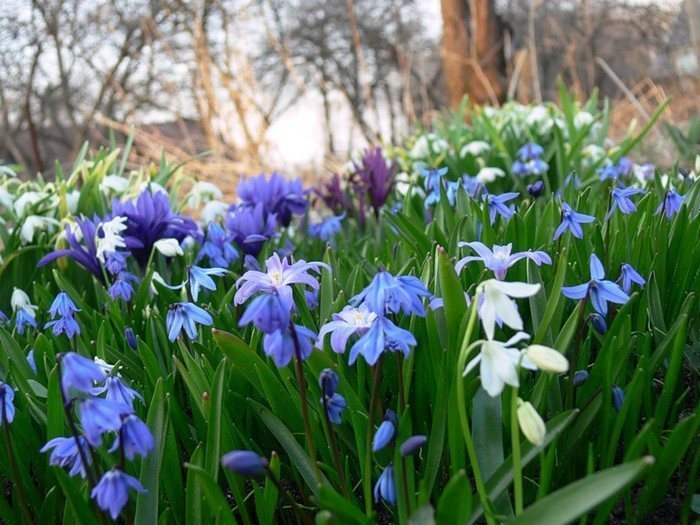
The timing of planting crocuses depends on their type. Varieties that bloom in the fall are planted at the very beginning of August. Spring-flowering crocuses are planted in early September. Rooting of crocuses continues for a month. Every 3-4 years, the bulbs are dug up and planted in a different place. At the same time, the planting material is sorted, removing rotten bulbs, and the babies are separated.
Crocuses are planted in open sunny areas. The flowerbed should be located on a hill, as the plant does not tolerate stagnant water.Scylla is sometimes mistakenly called a snowdrop, but it is a completely different plant. In existing varieties, the color of the petals can be soft pink, purple, pale blue, or white. Scillas look organically in rock gardens, on alpine hills, and in ridges. They are also suitable for borders and mixborders. A group planting of scylla in the middle of the lawn looks beautiful. Flowers can frame shrubs and decorate tree trunks.
Scilla can easily withstand frosty winters and do not require complex care. They are one of the first to bloom in the garden. Scilla are planted between the end of August and the beginning of September. The plant likes loose, well-drained soil with a neutral pH. When planting in a hole, it is advisable to lay drainage from coarse sand. At the same time, nitrogen and potassium fertilizers and a little humus are applied.
Scilla can grow in one place for more than 10 years. Plant the bulbs to a depth of 4 cm, maintaining a distance between them of about 5 cm. Before the arrival of frost, the flowerbed with blueberries is mulched with dry peat or fallen leaves. To ensure that scylla take root, the soil is kept moist.
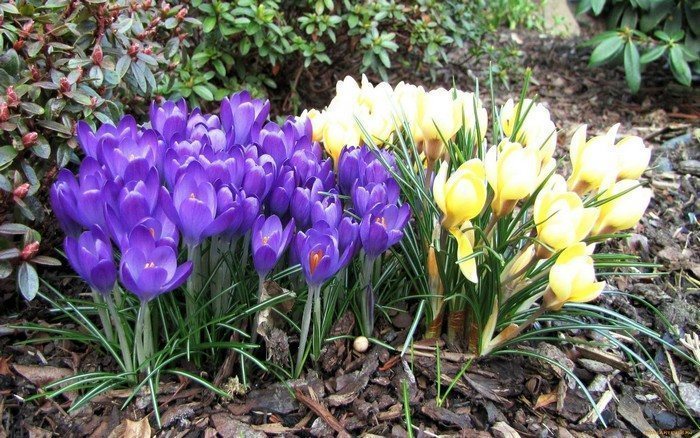
Crocuses
The timing of planting crocuses depends on their type. Autumn-blooming varieties are planted at the very beginning of August. Spring-blooming crocuses are planted in early September. Rooting of crocuses continues for a month. Every 3–4 years, the bulbs are dug up and planted in a different place. At the same time, the planting material is sorted, removing rotten bulbs, and the children are separated.
Crocuses are planted in open sunny areas. The flowerbed should be located on a hill, since the plant does not tolerate stagnant water.Spring-blooming crocuses can be planted near trees; they will bloom before the crown begins to shade the tree trunk.
Flowers love nutritious soil. Before planting, the soil is fertilized with humus, wood ash, superphosphate, and potassium salt. A handful of sand is placed at the bottom of the holes. For planting, select bulbs with a diameter of at least 3 cm. The planting depth of crocuses is 8–12 cm (depending on the type of soil). After the bulbs are in the ground, the surface is mulched with peat, wood chips or bark.
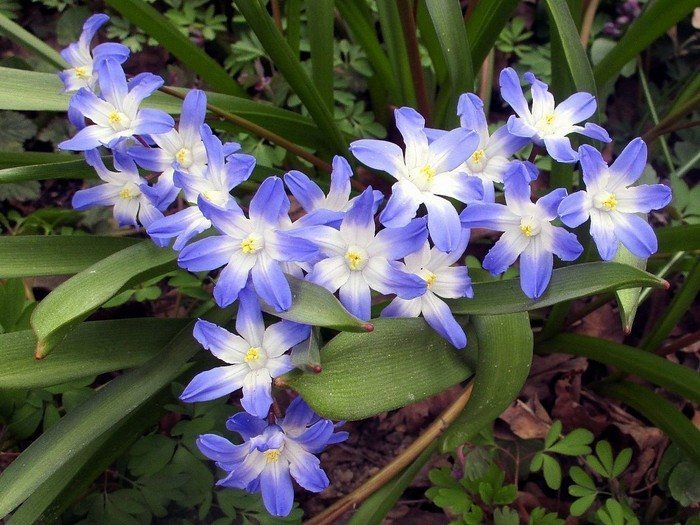
Chionodox
Chionodox is a compact bulbous perennial belonging to the Liliaceae family. The plant belongs to the group of primroses. Chionodoxa blooms when there is still snow on the ground. Plant bulbs are planted at the junction of August and September. It is better to plant these flowers where thawed patches appear first.
Chionodox can also grow in the shade. In this case, flowering will occur later and will last longer. Primroses look good in group plantings with primroses, crocuses, hellebores, hyacinths, and dwarf irises. The plant likes slightly alkaline, loose, moderately moist soil.
Before planting, fertilizer must be placed in the hole, for example, leaf humus. The depth of planting the bulbs depends on their size. Large specimens are buried 6–8 cm. Small bulbs are buried 4–6 cm in the ground. When planting in groups, an interval of 8–10 cm is maintained between plants. Every 5–6 years, the bulbs must be removed from the ground and replanted in another place.
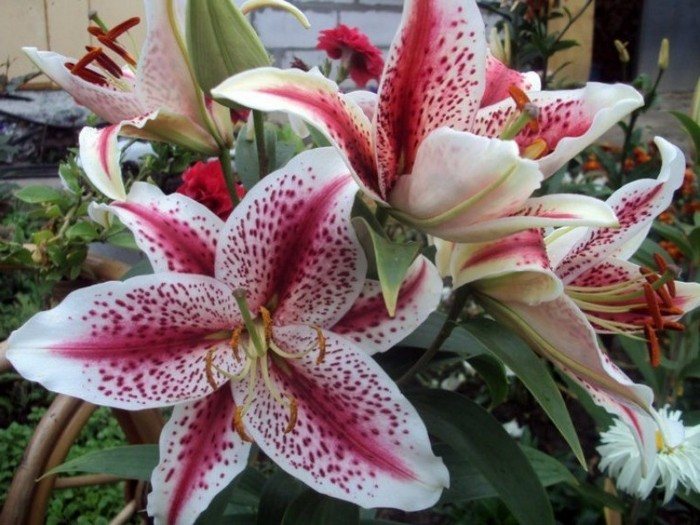
Oriental lilies


